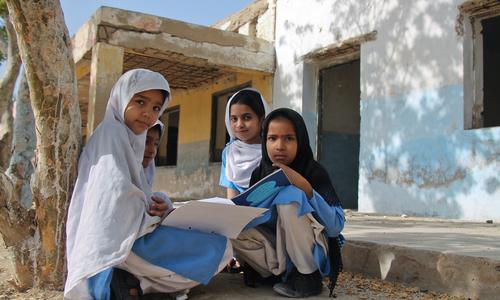Khyber-Pakhtunkhwa (K-P) is home to a substantial population of school-aged children who are unable to attend school due to the closure of several educational facilities following the resurgence of terrorism and the aftermath of last year’s catastrophic floods in the province. This is despite the province having a proper educational network consisting of thousands of learning centers.
The provision of quality education to children offers some hope for a better tomorrow. A country that is already dealing with crippling finances, combating rising crime, and suffering from pervasive social injustice also has millions of children out of school.
The Benazir Income Support Programme notified the Khyber Pakhtunkhwa Assembly on Monday that 4.7 million children in the province between the ages of five and sixteen are not enrolled in school, of whom 2.9 million are girls.
According to the report, out of 4.7 million children, one million belong to merged districts, and 74.4 percent of them are girls and 38.5 percent are boys. 66 percent of children in North Waziristan are out of school, 63 percent in Bajaur, 61 percent in South Waziristan, 51 percent in Mohmand and Khyber each, and 47 percent in Kurram and Orakazai each.
Furthermore, over 1,000 primary and secondary schools are temporarily closed throughout the settled and merged districts of K-P, according to statistics released by the Khyber Pakhtunkhwa Education Monitoring Authority (EMA) for the same year. 44 other schools are permanently closed due to a looming terrorism threat.
According to sources from the EMA, up to 200 educational institutions were devastated by the floods that struck K-P in August 2022. It was the most severe in Swat and the surrounding districts, but the necessary reconstruction work is still pending. It is unfortunate that so many educational institutions in K-P are inoperable, either as a result of the damage brought on by the floods or as a result of the ongoing danger of militancy.
Imran Takkar, a child rights activist, voiced his concerns for the future of the country, given the abysmally low rate of literacy in K-P. He said “a lower literacy rate could also cause a rise in the prevalence of social vices like beggary, drug trafficking, street crimes, and even child marriages. This permits the cycle of poverty to continue and places unwarranted financial stress on the state’s resources, which are used up for welfare programs. Without education, productivity and earning potential are most likely to be compromised, ultimately disrupting the economic progress of the province. A large out-of-school population is a clear indication of dropping economic productivity, meager human capital development, and a growing dependency on social welfare.”
Every year, the government approves the construction of 300 government schools in the annual budget, including primary, middle, and high schools. If the government starts constructing the required 15,000 schools with the same ratio, then it will meet the target in the next 50 years.
Despite all these endeavors, there is still a lot to be done to boost the education sector and increase the literacy rate in Pakistan, more specifically, the KPK.


